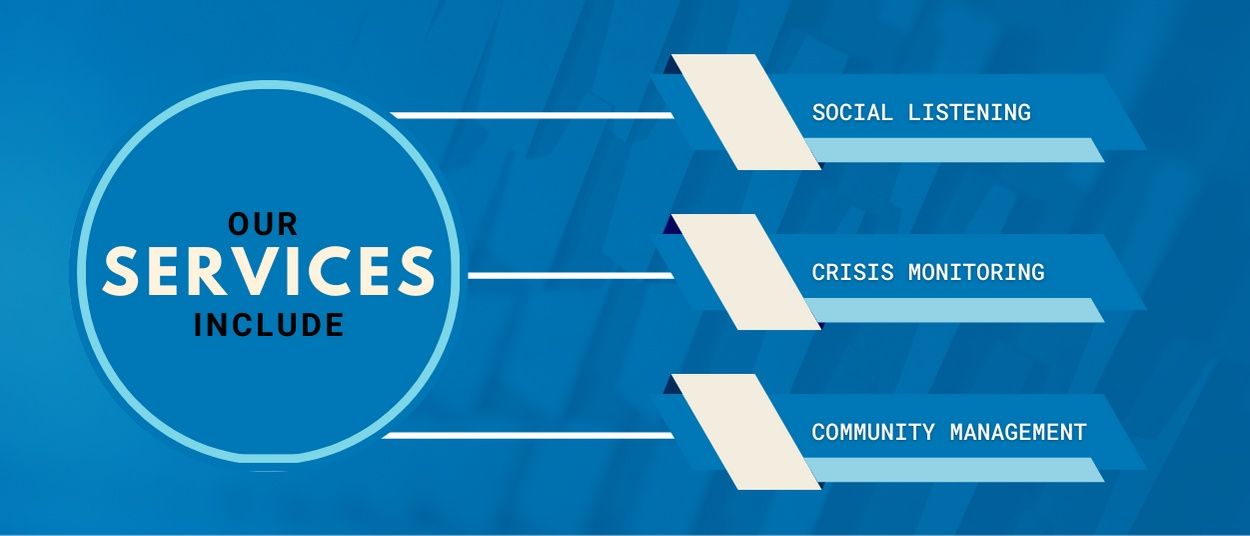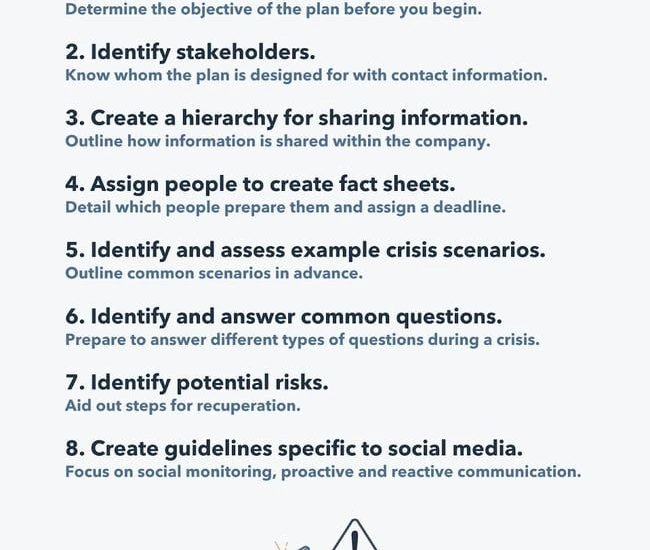Crisis Communication: How to Protect Your Brand Reputation
In today’s digital age, a company’s reputation can be easily tarnished with just one wrong move. With social media and online platforms allowing information to spread like wildfire, it’s more important than ever for businesses to have a solid crisis communication plan in place to protect their brand reputation. In this article, we’ll discuss the key components of crisis communication and how you can effectively manage a crisis to minimize damage to your brand.
Understanding Crisis Communication
Crisis communication is the process of managing and controlling the flow of information during a crisis situation. The goal of crisis communication is to ensure that accurate and timely information is provided to stakeholders, the media, and the public to maintain trust and credibility. When a crisis occurs, it is essential for businesses to act quickly and transparently to address the situation before it escalates.
Developing a Crisis Communication Plan
One of the first steps in protecting your brand reputation is to develop a comprehensive crisis communication plan. This plan should outline the key stakeholders, communication channels, and protocols that will be used in the event of a crisis. It’s important to identify potential risks and scenarios that could damage your brand reputation and have a plan in place to address them.
Key Components of a Crisis Communication Plan
– A designated crisis communication team with clearly defined roles and responsibilities
– Pre-approved messaging and statements that can be used to address different types of crises
– A list of key stakeholders, including employees, customers, investors, and the media
– Procedures for monitoring and responding to social media and online platforms
– Contact information for key media contacts and spokespersons
Effective Communication Strategies
When a crisis occurs, it’s important to communicate quickly and effectively to minimize damage to your brand reputation. Here are some strategies that can help you navigate a crisis situation:
Be Transparent
Transparency is key when communicating during a crisis. Be honest and open about the situation, and provide accurate information to stakeholders and the public. Avoid withholding information or misleading statements that could further damage your reputation.
Act Quickly
In today’s fast-paced digital world, news travels quickly. It’s important to address a crisis as soon as possible to prevent rumors and misinformation from spreading. Monitor social media and online platforms to stay ahead of the conversation and respond promptly to any concerns.
Empathize with Stakeholders
Show empathy towards those affected by the crisis, including customers, employees, and the community. Acknowledge their concerns and communicate how you are taking steps to address the situation and prevent future crises.
Measuring the Impact
After a crisis has been resolved, it’s important to measure the impact on your brand reputation and adjust your communication strategy accordingly. Collect feedback from stakeholders, monitor media coverage, and track social media sentiment to gauge the effectiveness of your crisis communication plan.
Rebuilding Trust
Rebuilding trust with stakeholders after a crisis can take time. It’s important to continue to communicate transparently, address any lingering concerns, and demonstrate through actions that you take accountability for the situation. By taking proactive steps to rebuild trust, you can protect your brand reputation and emerge stronger from a crisis.
In conclusion, crisis communication is a critical component of protecting your brand reputation in today’s digital age. By developing a comprehensive crisis communication plan, implementing effective communication strategies, and measuring the impact of a crisis, you can effectively manage a crisis situation and safeguard your brand reputation. Remember, transparency, quick action, and empathy are key to successfully navigating a crisis and maintaining trust with stakeholders.


